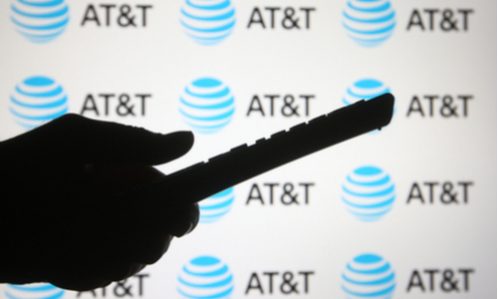
By: Jonathan M. Barnett (Truth on the Market)
AT&T’s $102 billion acquisition of Time Warner in 2019 will go down in M&A history as an exceptionally ill-advised transaction, resulting in the loss of tens of billions of dollars of shareholder value. It should also go down in history as an exceptional ill-chosen target of antitrust intervention. The U.S. Department of Justice, with support from many academic and policy commentators, asserted with confidence that the vertical combination of these content and distribution powerhouses would result in an entity that could exercise market power to the detriment of competitors and consumers.
The chorus of condemnation continued with vigor even after the DOJ’s loss in court and AT&T’s consummation of the transaction. With AT&T’s May 17 announcement that it will unwind the two-year-old acquisition and therefore abandon its strategy to integrate content and distribution, it is clear these predictions of impending market dominance were unfounded.
This widely shared overstatement of antitrust risk derives from a simple but fundamental error: regulators and commentators were looking at the wrong market.
The DOJ’s Antitrust Case against the Transaction
The business case for the AT&T/Time Warner transaction was straightforward: it promised to generate synergies by combining a leading provider of wireless, broadband, and satellite television services with a leading supplier of video content. The DOJ’s antitrust case against the transaction was similarly straightforward: the combined entity would have the ability to foreclose “must have” content from other “pay TV” (cable and satellite television) distributors, resulting in adverse competitive effects.
This foreclosure strategy was expected to take two principal forms. First, AT&T could temporarily withhold (or threaten to withhold) content from rival distributors absent payment of a higher carriage fee, which would then translate into higher fees for subscribers. Second, AT&T could permanently withhold content from rival distributors, who would then lose subscribers to AT&T’s DirectTV satellite television service, further enhancing AT&T’s market power.
Many commentators, both in the trade press and significant portions of the scholarly community, characterized the transaction as posing a high-risk threat to competitive conditions in the pay TV market. These assertions reflected the view that the new entity would exercise a bottleneck position over video-content distribution in the pay TV market and would exercise that power to impose one-sided terms to the detriment of content distributors and consumers…
Featured News
BHP Unveils £31bn Mining Megamerger Proposal with Anglo American
Apr 25, 2024 by
nhoch@pymnts.com
ByteDance Prefers Shutdown Over Sale of TikTok Amid US Ban Threats
Apr 25, 2024 by
CPI
FCC Votes to Restore Net Neutrality Rules
Apr 25, 2024 by
nhoch@pymnts.com
Apple Rejects Spotify’s Updated App Over In-App Pricing Disclosure
Apr 25, 2024 by
CPI
FCC Set to Reinstate Net Neutrality Rules Today
Apr 25, 2024 by
CPI
Antitrust Mix by CPI
Antitrust Chronicle® – Economics of Criminal Antitrust
Apr 19, 2024 by
CPI
Navigating Economic Expert Work in Criminal Antitrust Litigation
Apr 19, 2024 by
CPI
The Increased Importance of Economics in Cartel Cases
Apr 19, 2024 by
CPI
A Law and Economics Analysis of the Antitrust Treatment of Physician Collective Price Agreements
Apr 19, 2024 by
CPI
Information Exchange In Criminal Antitrust Cases: How Economic Testimony Can Tip The Scales
Apr 19, 2024 by
CPI